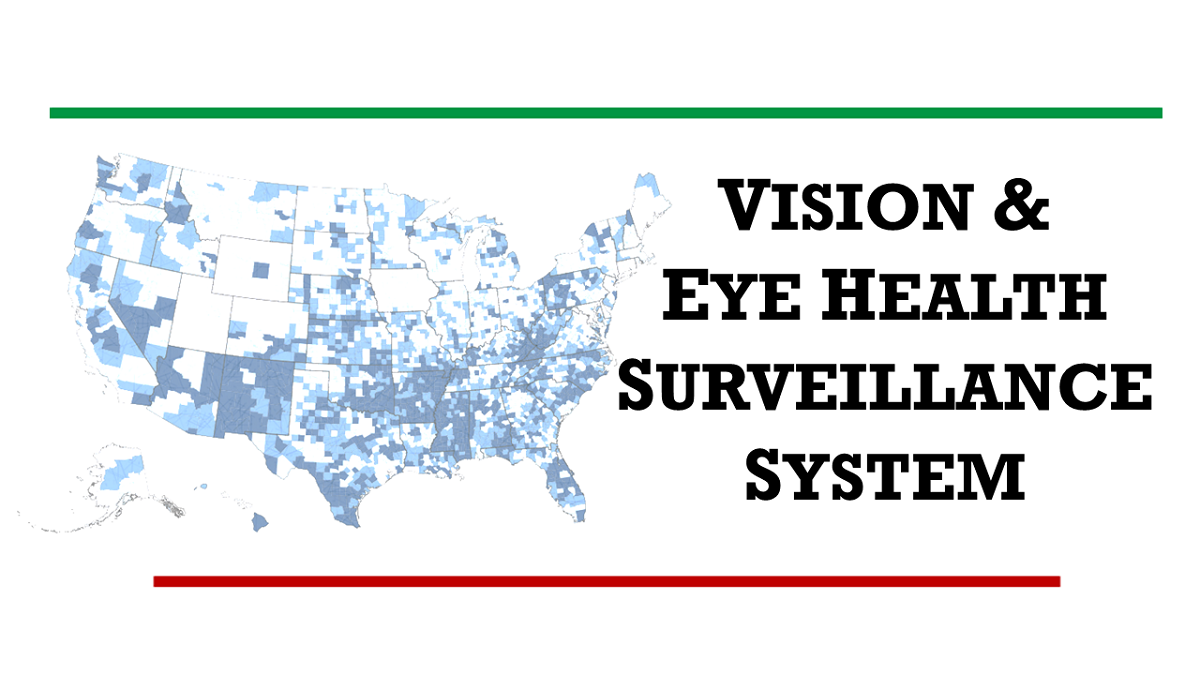Key points
- CDC’s Vision and Eye Health Surveillance System (VEHSS) is an interactive web application that provides a comprehensive compilation of vision-related data and trends at national, state, and county levels.
- VEHSS is designed to disseminate data to public health and healthcare professionals, researchers, decision makers, and patients to understand how many Americans are living with vision loss and eye disorders, and how many are receiving eye care services.
- VEHSS provides the prevalence of vision status, eye health, and eyecare indicators across numerous data sources. Prevalence estimates are based on single years of data with stratifications across numerous characteristics. Estimates are provided in table, figure, and map formats, and as trends across time where available.
- The ‘VEHSS Modeled Estimates’ combine information from multiple data sources to produce more comprehensive estimates of the prevalence of vision loss and blindness and major eye diseases.

There are three ways to access VEHSS data and modeled estimates:
The VEHSS Data Explorer is the primary way to find and access vision and eye health prevalence information, search for vision and eye health indicators, and analyze and visualize prevalence rates and counts.
Read short reports including surveillance summaries, data spotlights, and research highlights
Directly access and download public use files in the Vision and Eye Health Data Portal.
Resources
Documentation
Read documentation on case definitions and data source descriptions.
Help
Visit the VEHSS help page for a quick reference sheets, tutorial vidoes, and FAQs.
Other resources
Contact us
Suggested citation
Vision and Eye Health Surveillance System (VEHSS). U.S. Department of Health and Human Services, Centers for Disease Control and Prevention, Vision Health Initiative; www.cdc.gov/vision-health-data



